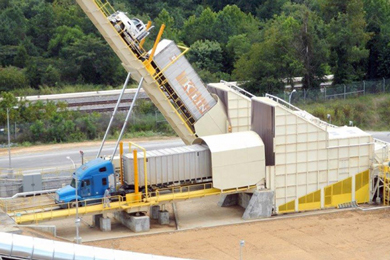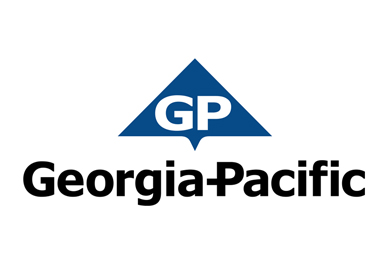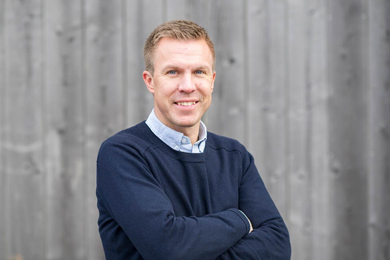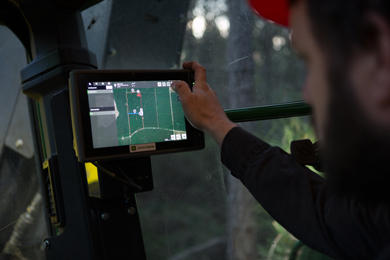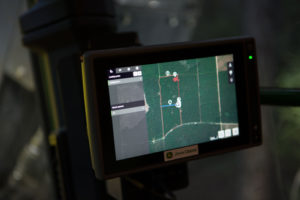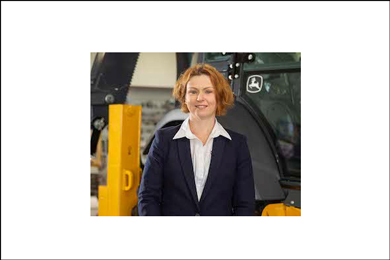Bruks Siwertell, has won a contract to supply a back-on truck dump receiving system for Douglas Pellets LLC. It will be used to efficiently unload dry peanut hulls at the company’s facility in Pearson, Georgia, in the US, and is planned for delivery in January 2020.
Bruks Siwertell has supplied various truck dumpers as well as chippers and other equipment to Douglas Pellets’ network of pellet plants and sawmills in Georgia.
“The contract demonstrates the strength of Bruks Siwertell’s business relationship with Douglas Pellets as a preferred supplier and the trust that it has in our equipment and services,” says Bruks Siwertell Americas Area Sales Manager, Christopher Duffy. “We are delighted that Douglas Pellets has opted to continue this partnership and we hope to support its continued growth in the coming years.”
The new contract calls for Bruks Siwertell to supply a back-on truck dumper with a receiving hopper and dust collector. The system comprises a platform and a set of hydraulic cylinders used to lift the entire truck and allow the free-flowing cargo to dump out of the back of its trailer and into the receiving hopper. The new truck dumper will have the capacity to unload dry peanut hulls at a rate up to 85t/h. Once they have been unloaded the peanut hulls will later be compressed into pellet form.
Controlling dust emissions from handling dry materials is an important concern at such facilities. “Our truck dumper systems are designed to minimize dust emissions by utilizing a covered receiving hopper and dust collection system,” he notes. “The complete system helps Douglas Pellets to protect the environment.”
In addition to the back-on type of truck dumper ordered by Douglas Pellets, Bruks Siwertell’s unique truck unloading portfolio also includes a drive-over version.
“Chip trucks are used throughout North America as an efficient and flexible way to transport pellets, hogged fuel, wood chips and other cargoes,” Mr Duffy explains. “Our truck dumper systems are by far the most effective method for receiving materials and are relied upon throughout the North American wood products industry.”
Bruks Siwertell design, produce and deliver systems for loading, unloading, conveying, storing, and stacking and reclaiming dry bulk materials, alongside equipment for chipping, screening, milling and processing wood for the biofuel, board, saw mill, pulp and paper industries. All equipment is designed to ensure environmentally-friendly and efficient cargo operations.
Siwertell is part of Bruks Siwertell Group.
Ken Upchurch, Vice President Sales and Marketing, Bruks Siwertell Americas tel. +1 770 905 6023 kuh@bruks.com

Sales Manager / Engineer – BRUKS Siwertell

